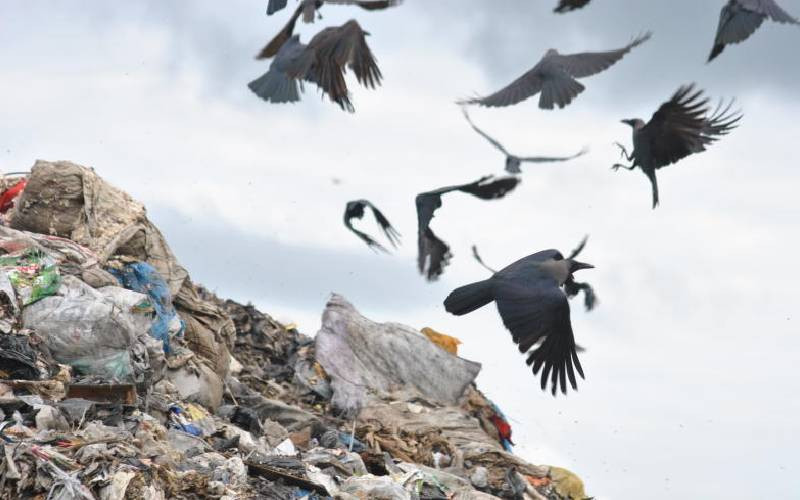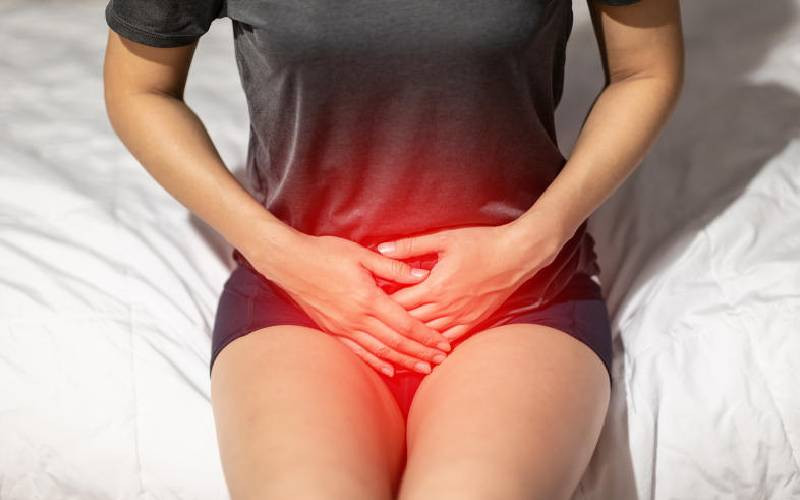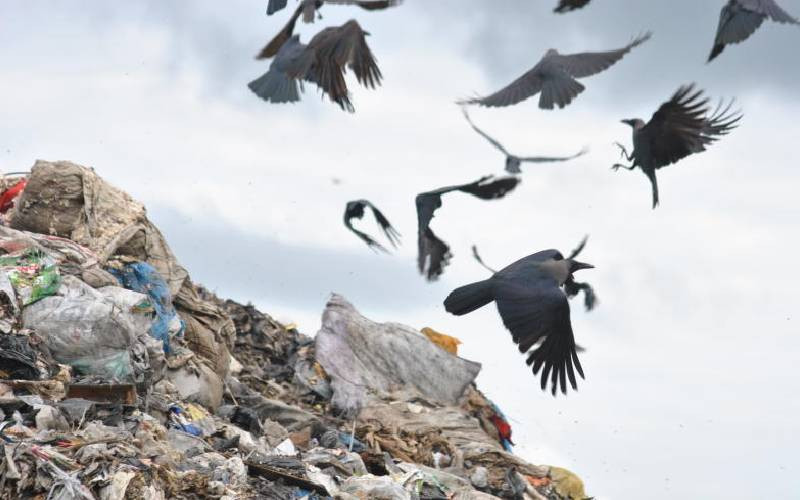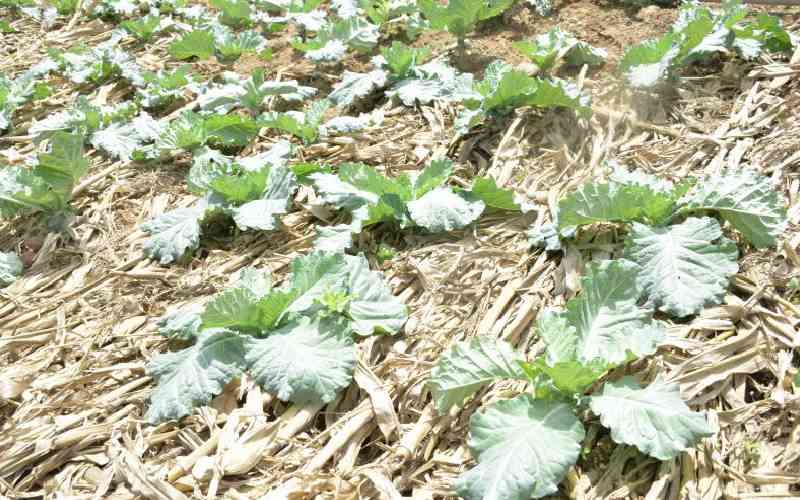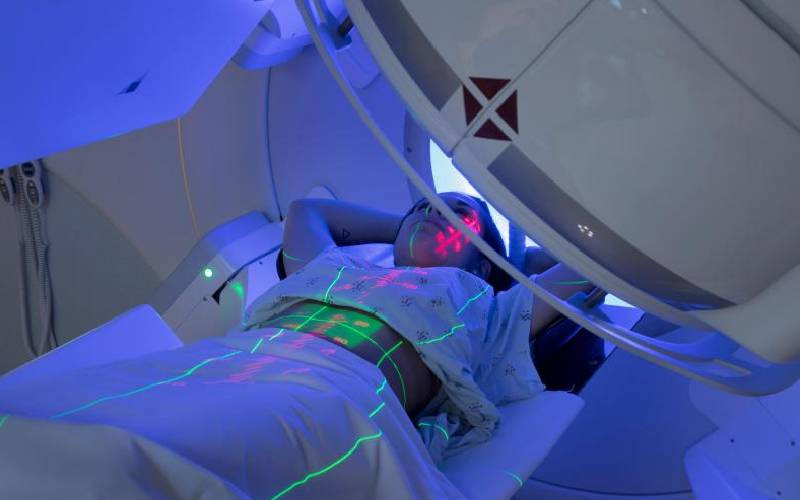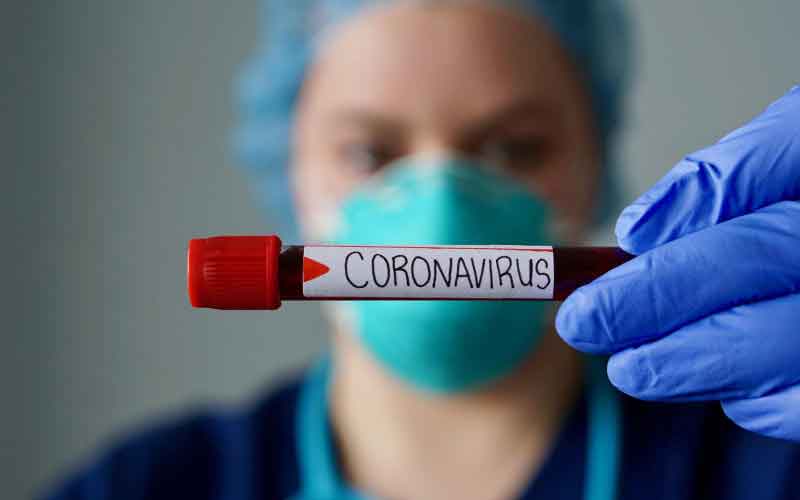
Kenya’s case fatality rate is lower compared to the global six per cent
The methodology on how experts arrive at Covid-19 models in the country has continued to raise questions even as 121 more people tested positive for the virus.
The 121 are from a sample of 3,291, which raises the total number of positive cases in the country to 3,215 while the total samples tested are 106,247.
The death toll as per yesterday’s update released by Health Cabinet Secretary Mutahi Kagwe has also gone up to 92 after three more patients succumbed to the disease, while the number of recoveries now stands at 1,092 after 44 patients tested negative.
From these figures, the case fatality rate in the country now stands at 2.9 per cent while the rate of infection against the total number of samples of 105,155, which is less repeat samples for recoveries, stands at 3.0 per cent.
Country’s response
As it is, Kenya case fatality rate is lower compared to the global six per cent, which points to one of the concerns of how the models that guide the country’s response was reached.
According to the latest scenarios that guided President Uhuru Kenyatta’s decision to postpone the reopening of the economy for another 30 days, the worst case scenario had it that 450,000 people will be infected with 45,000 deaths.
However, with Kenya’s current case fatality rate, the number of those who will die from the 450,000 infections is 13,050. Prof Samuel Karoki, a Mathematics and Statistics professor at USIU-Africa university raised similar concerns in an opinion where he questioned how his colleagues got the numbers used to advise the president.
Karoki faulted the model used by the experts to calculate the case fatality rates.
“The estimated model should be specific to the population from which the sample was obtained.
“You cannot compare a model meant for, say, America and apply it to the Kenya situation – unless the two populations have similar characteristics with respect to the virus,” he says.
This is already not the case as up to 78 per cent of Kenya’s cases are asymptomatic and already the case fatality rate is lower by half compared to the global average.
Karoki notes that in three months, Kenya’s death tally is still less than 100 compared to the US, which has over 100,000 – 115,000 as at yesterday – and is still rising.
“Even if you argue that the US population is bigger (actually it is about 10 times bigger than Kenya’s), multiplying Kenya’s mortality number by a factor of 10 would still give a very insignificant figure in comparison,” he adds.
The projection issued by the President that 45,000 will die from 450,000 cases depicts a case fatality rate of 10 per cent. The New England Journal of Medicine noted in an issue published on June 10, 2020, that such models can be excused for there is little knowledge of the virus.
“With an emerging disease such as Covid-19, many biologic features of transmission are hard to measure and remain unknown.
“The most obvious source of uncertainty, affecting all models, is that we don’t know how many people are, or have been, infected,” reads the journal titled ‘Wrong but Useful — What Covid-19 Epidemiologic Models Can and Cannot Tell Us.
On several times, Health Director General Dr Patrick Amoth has insisted that while the model numbers are not out to be attained, they provide guidance on planning.
Part of the planning is what informed the 30-day extension of the curfew and lockdown measures that will buy time for counties to set up 300 isolation beds each.
 The Standard Group Plc is a multi-media organization with investments in media platforms spanning newspaper print
operations, television, radio broadcasting, digital and online services. The Standard Group is recognized as a
leading multi-media house in Kenya with a key influence in matters of national and international interest.
The Standard Group Plc is a multi-media organization with investments in media platforms spanning newspaper print
operations, television, radio broadcasting, digital and online services. The Standard Group is recognized as a
leading multi-media house in Kenya with a key influence in matters of national and international interest.

